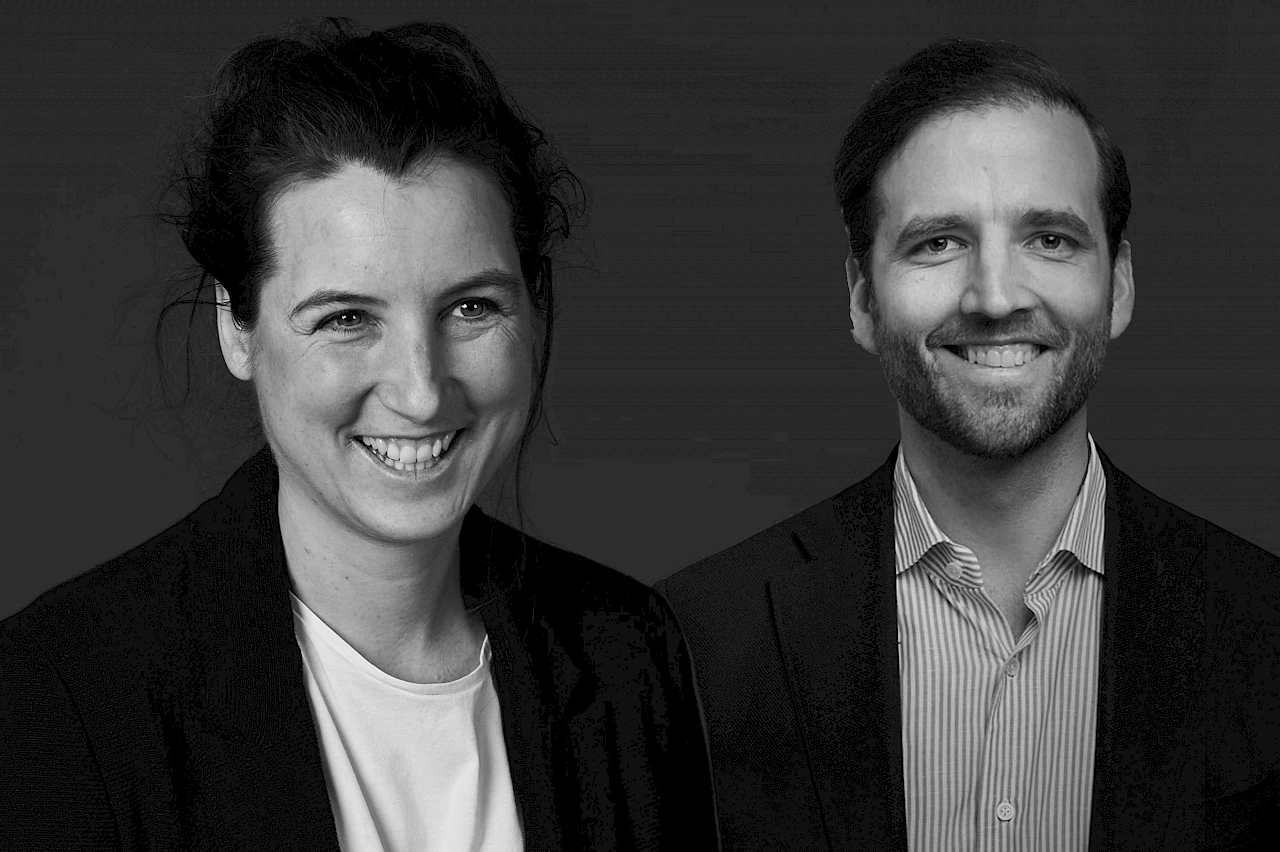Dr Laura Kienbaum and Fabian Kienbaum remind us that office rooms can also mean home. People who feel at home in the office can be more creative and productive because of the sense of security this gives them. Today more than ever before, this fact implies a task for office planners.
In times of change, globalisation, digitalisation and individualisation, and especially of the current spatial isolation due to the coronavirus crisis, the concept of home has once again gained in relevance in relation to our work environments as well as elsewhere. The boundary between private and professional concerns is becoming increasingly blurred (i.e. work-life blending). Unpredictable situations are now a matter of course in our day-to-day work, and they require a great deal of flexibility. Whole teams are working across spatial boundaries — and they are doing this more successfully than you might think.
Please also read

A high level of identification with companies is a necessary criterion if we are to preserve stability in systems, processes and organisations and nurture feelings of belonging and security in these times.
Four dimensions
To us the concept of home seems suitable as a helpful mental framework in this context, because we human beings long to feel grounded. According to Gerhard Handschuh, the concept of home refers to the relationship between human beings and their spatial environment. People speak of “socialisation experiences”, which shape our identity, character, mentality, attitude and worldview.
The socio-cultural frameworks of these experiences differ depending on the region. However, they are always influenced by four dimensions that represent key determinants in private as well as professional contexts. First, there is the social dimension — in other words, teams, customers and colleagues. Secondly, there is the cultural dimension, by which we mean the corporate culture. Thirdly, there is the spatial dimension, or the physically experienced office environment. And fourthly, there is the time dimension — the situations that make up our productive daily work routine.

At the turning point
Companies have the opportunity to create a “home at work”. But they have to take action in order to do so in a targeted and deliberate way. Doing this enables them to leverage potentials in order to attract and retain employees and to improve their performance — also and especially during times of increasing mobility and the decentralization of teams that want to, can and must work together in a results-oriented manner.
Recent developments are making it clear that mobile work in many sectors is possible, and to a certain extent profitable. At the same time, these developments are also connected to uncertainties and a lack of social interaction. As a result, they trigger a shift in values and a change of consciousness. This kind of turning point can be exactly the right moment for an employer to think about how a specific “home at work” can be created!
A home on the move
While the media speculate whether the traditional office is a thing of the past, we urge people to ask whether the office shouldn’t be an anchoring point in the collective consciousness of the workforce, today more than ever before — a place you always come back to, a place you remember even though you temporarily can’t be inside it. It’s a place that makes it possible to physically experience a company’s corporate culture and is tailored to meet the functional and emotional needs of the people who work there. A place that feels like a home. If this effort succeeds, this home can simply be taken along — while you’re working from home, on a business trip or to other alternative places of work.
This text is an excerpt from an article the authors wrote for the anthology OFFICE PIONEERS: Ausblicke auf das Büro 2030 (outlooks on the office of 2030).




 OFFICE ROXX
OFFICE ROXX 